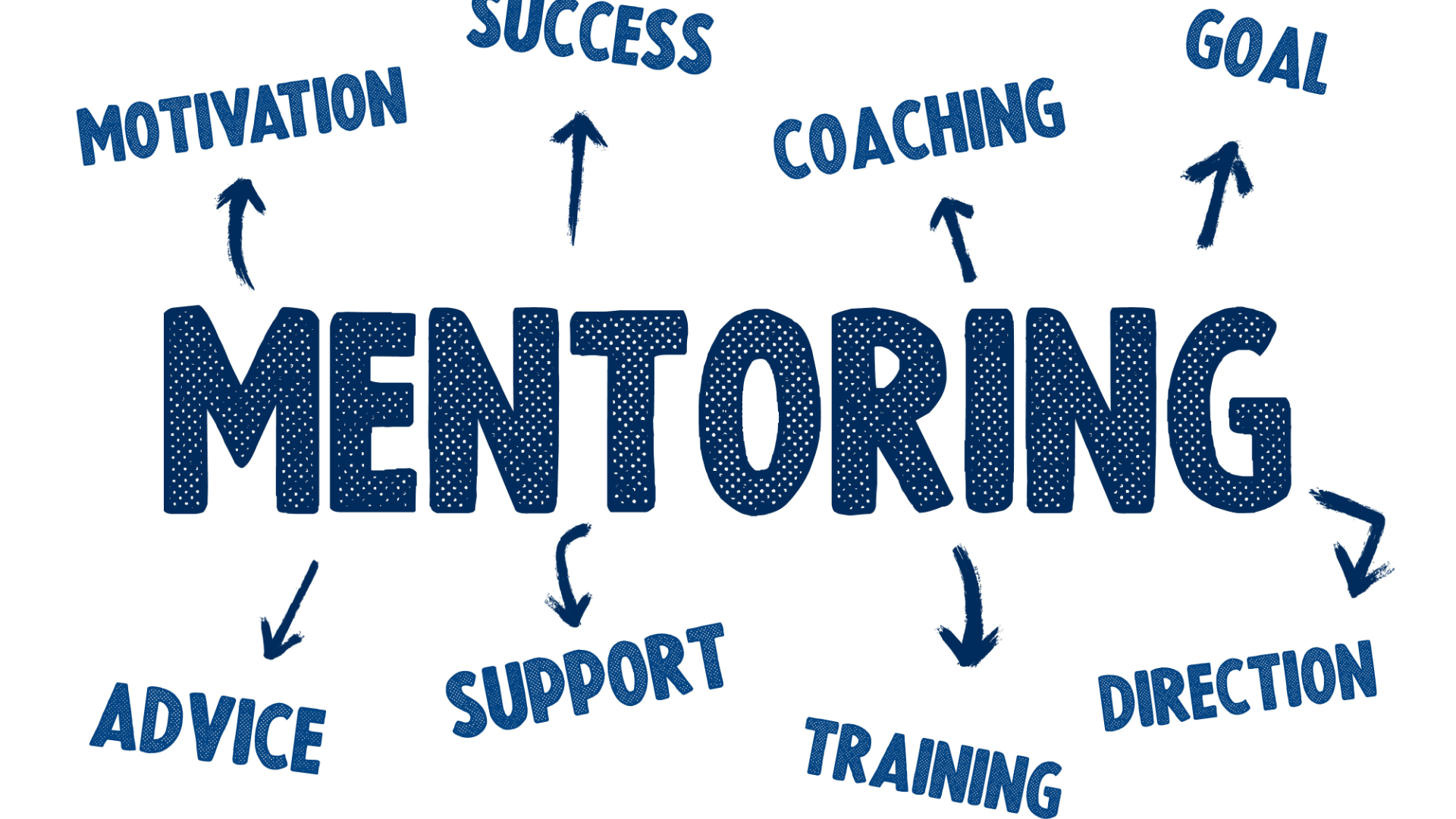Author: Malissa Bryan (she/they), M.A, PhD student
In a world where we are increasingly becoming interconnected and people from diverse backgrounds are interacting with one another daily, the concept of cultural humility has developed as a vital avenue in fostering genuine connections rooted in mutual respect and dignity. On the other hand, cultural competence primarily focuses on gaining knowledge about different cultures, while cultural humility is focused on the ongoing internal journey of self-reflection, learning, and personal growth. It encourages us to reflect and acknowledge our own biases, preferences, and cultural socialization and asks us to be open to learning from others whom we perceive to be different from ourselves. It further encourages us to push for equitable and open interaction, in particular in our communications.
The Heart of Cultural Humility
At its core, cultural humility has three foundational key principles:

Lifelong Learning coupled with Deep Self-Reflection:
Cultural humility is an ongoing journey that calls on us to continuously participate in self-reflection and social adaptation. It encourages us to seek out perspectives and lived experiences that are different from our own, broadening our perspectives and strengthening our empathy for others.


Identifying and Responding to Power Imbalances:
Power imbalances are embedded within our social structures and interpersonal relationships, and cultural humility pushes us to reflect deeply, acknowledge, and address these imbalances with actionable steps followed by accountability measures.


Institutional Commitment and Accountability:
Cultural humility goes far beyond individuals; it necessitates a clear commitment from organizations, institutions, and industries. Organizations must create and promote policies, practices, and values while also providing training to help support learning, growth and cross-cultural collaboration. Offering equity, diversity and inclusion resources can support learning and increase cultural humility amongst and between employees.

Can Cultural Humility Be Learned?
The ability to learn cultural humility is embedded in all of us, but the answer is more complicated. The key concepts can be introduced and taught with organizational training and support. Still, it is ultimately up to the openness of the individual to decide to engage in deep self-reflection and personal growth. Cultural humility can be nurtured and grow like a plant, but it must be watered and treated with ongoing care.

Here are some ways in which you can nurture cultural humility and thrive in healthy intercultural relationships.
- Informal and Formal Education and Training: Workshops, seminars, and courses on cultural humility, unconscious bias, anti-racism, equity, diversity, inclusion, and accessibility can provide people with foundational knowledge and key strategies needed to begin their journey towards self-reflection and increasing cultural humility.
- Building Authentic Connections: Have opportunities for individuals to engage in experiences that allow for authentic cultural interactions and exchanges. This can be achieved through travelling, community service, and participating in cultural events. These connections must be meaningful for everyone and avoid being extractive.
- Mentorship, Role Models, and Sponsors: Choosing mentors who exemplify cultural humility can guide you in the steps of practicing cultural humility. Leaders who practise cultural humility and demonstrate that they value diversity, inclusion, cultures and communities that are different from themselves. These mentors can offer advice when you get into a sticky situation and can offer guidance.

- Read, Listen, Watch, and Learn: Build your cultural humility by building your cultural competency muscle. Read about diverse cultures and communities, listen to podcasts and blogs that share different cultural perspectives, and watch media that reflect a different way of knowing and being. Most importantly, you must learn from a variety of people with lived experiences.
- Organizational Support: Organizations can create healthy environments that promote cultural humility by developing, implementing and supporting policies that promote equity, diversity, and inclusion and celebrate diversity.
Cultural Humility can be taught, learned, and strengthened. It is a practice of deep reflection, openness, and willingness to understand that our cultures are important and valued and that our way of doing and being is one way among many. Individuals must commit to a life of learning and unlearning, increase their understanding of power imbalances, and be willing to engage in regular self-reflection.
Through cultural humility, we can build bridges across cultures and break barriers. It’s a life-long journey worth taking.
Key Takeaways
- Self-Reflection
- Lifelong learning
- Be humble
- Identify and address power imbalances.
- Focus on equity, diversity, and inclusion.
- People are the experts of their own experiences.
- Institutional commitment is necessary.
We’re Here to Support Your EDI Journey!

